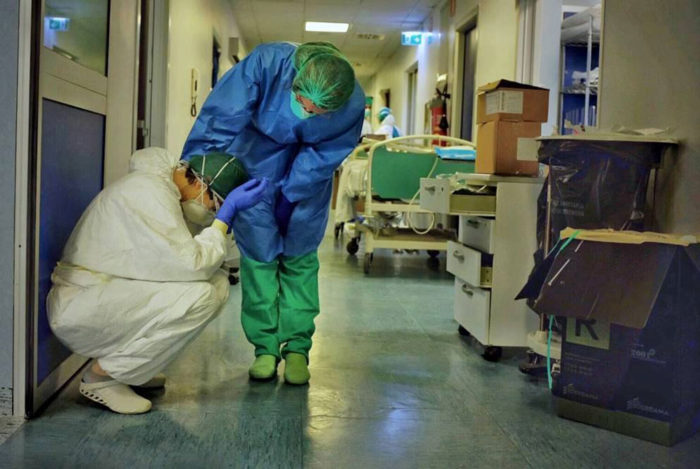The “panelle”, a typical Sicilian fried food
A recipe poor in ingredients, which reaches the restaurants in the streets of Palermo, conquering all sorts of palates. It consists of some typical fried squares from the Sicilian capital, whose history could date back to over a thousand years ago
It is told that Arabs, who dominated the island between the 9th and the 11th century, were the first to grind chickpeas, obtaining a flour to be mixed with water, in order to obtain a kind of polenta. There are no certainties about the first person who decided to turn it into squares to dip in hot oil, making the primordial dough tastier. This, however, is the origin of the panelle, a simple dish which is loved by Sicilians and not only them, just as every fried food. Walking around Palermo, you can find the panelle both as street food and as a starter in restaurants.
These golden thin shapes made with chickpea flour, water, parsley, salt and pepper, can be enjoyed when they are still warm with a few drops of lemon juice or as stuffing of sandwiches (usually mafalde, an Italian type of bread): in this version, they become the well-known pani chi panelli (i.e. some bread filled with the panelle).
What is linked with the panelle is the iconic figure of the panellaro (the seller of panelle), who still walks around the streets of Palermo. Substituting the traditional barrow with a modern lapa (a Sicilian motor vehicle), equipped with a gas cooker and a cookware, this street chef prepares the beloved street food for hungry citizens and curious tourists. Such a typical figure of the Sicilian capital even appears in literature. Here’s him description in Leonardo Sciascia’s The Day of the Owl: “A Carabiniere was sent to catch the panellaro in a hurry. He knew where to find him, because after the departure of the first bus he usually went to sell warm panelle at the entrance of elementary schools”.
Translated by Daniela Marsala



